MENUMENU
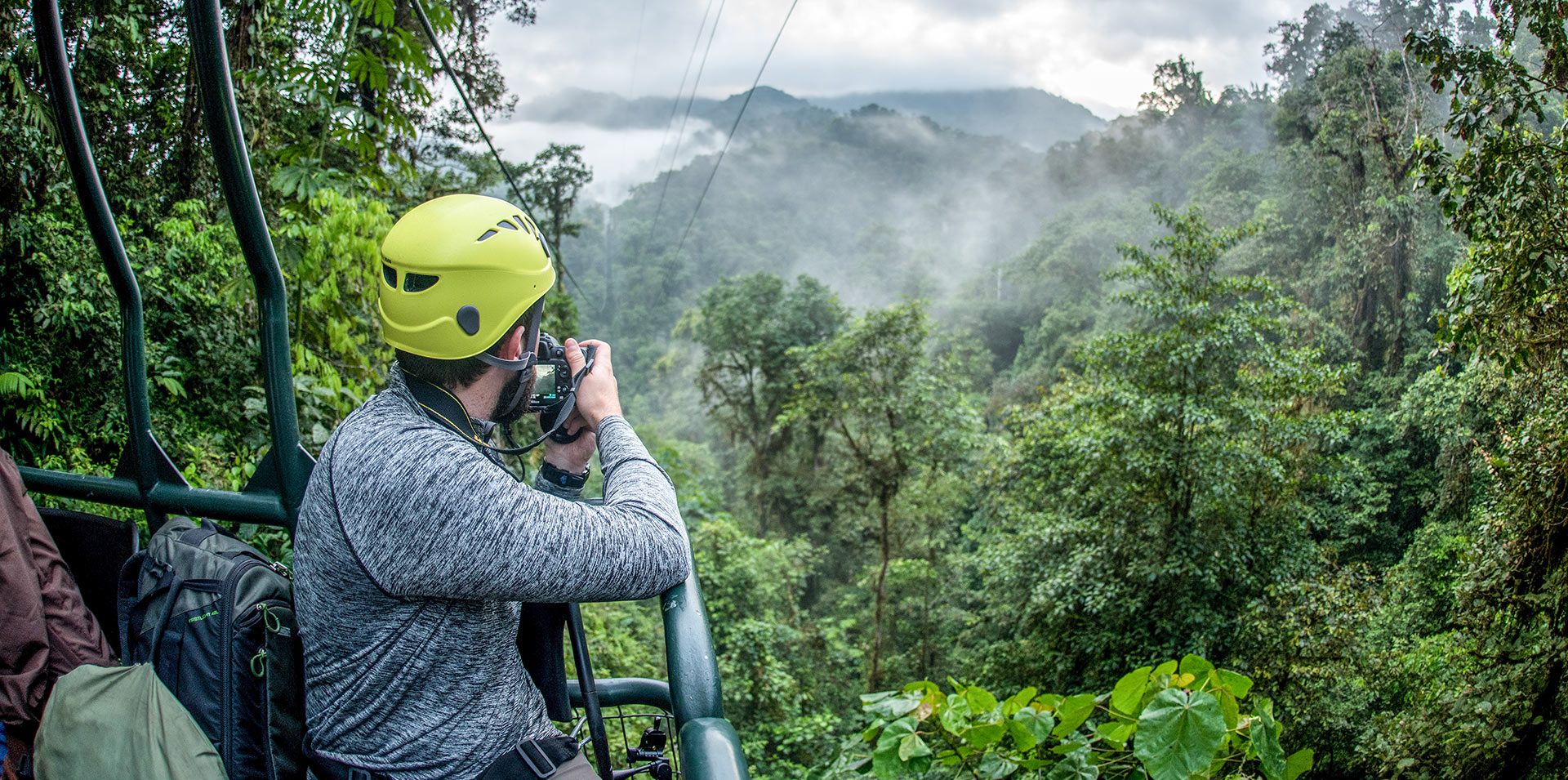
Reading time: 8 mins
Ecuador’s wildlife offers a unique and captivating experience. This enchanting South American country displays incredible biodiversity, cultural richness, and breathtaking landscapes. The imposing Andes mountains, the vibrant Amazon rainforest, the fascinating cloud forest, and the tranquil Galapagos Islands offer a extraordinary perspective. Thanks to an unparalleled scale of unique wildlife species that can’t be found anywhere else in the world. Embark on a remarkable journey to see Ecuador’s extraordinary wildlife. In this blog post, we’ll take a closer look at some of Ecuador’s most unique wildlife species.
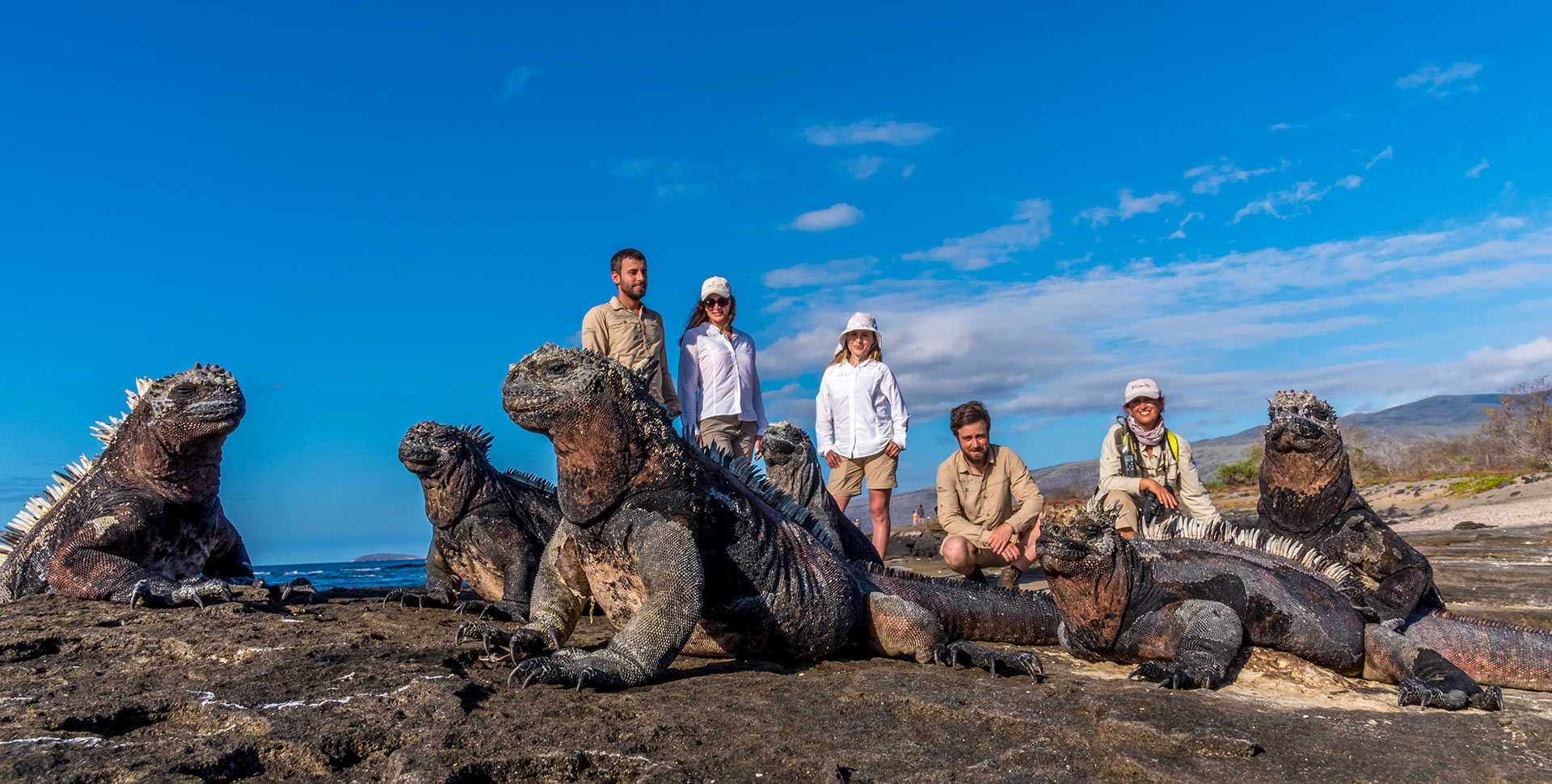
Wildlife observation in the Galapagos Islands
Experience the magic of Ecuador’s wildlife at Mashpi Lodge’s enchanting cloud forest. Nestled deep within the heart of the Andean Choco, it houses an impressive array of over 500 bird species, 36 mammal species, and 200 plant species. Immerse yourself in the lush landscapes and marvel at the incredible diversity of flora and fauna that thrive here. While exploring, keep an eye out for squirrels, armadillos, agouti, and tayras using their claws to take bananas from the feeders left outside. Embark on an exhilarating birdwatching expedition along our trails or witness the serene beauty of our hummingbird garden, there’s so much to explore and discover.
Tayras resemble weasels and can measure up to 28 inches long, with distinguishable white, yellow, or orange patches on their chests. Tayras thrive in tropical and subtropical forests from Central America and the eastern Andes to Ecuador in South America. They are solitary animals that are mostly active during the day. Being omnivores, they eat small prey and various types of fruits. An encounter with these captivating creatures guarantees an unforgettable experience.

Fauna of the Andean Choco
The moss-backed tanager is a bird species that can be found in Colombia and Ecuador. It prefers the subtropical, tropical moist lowland forests and the tropical moist forests as its natural habitat. The tanager’s plumage is olive with a distinct yellow spot, blue wings, and a striking blue and black pattern on its head. It is known for its unique behavior of perching on exposed branches above the forest canopy or in clearings. Occasionally, they join mixed-species flocks and have been spotted visiting feeders in select areas. It forages for fruits on thin branches in the canopy’s mid and upper levels.
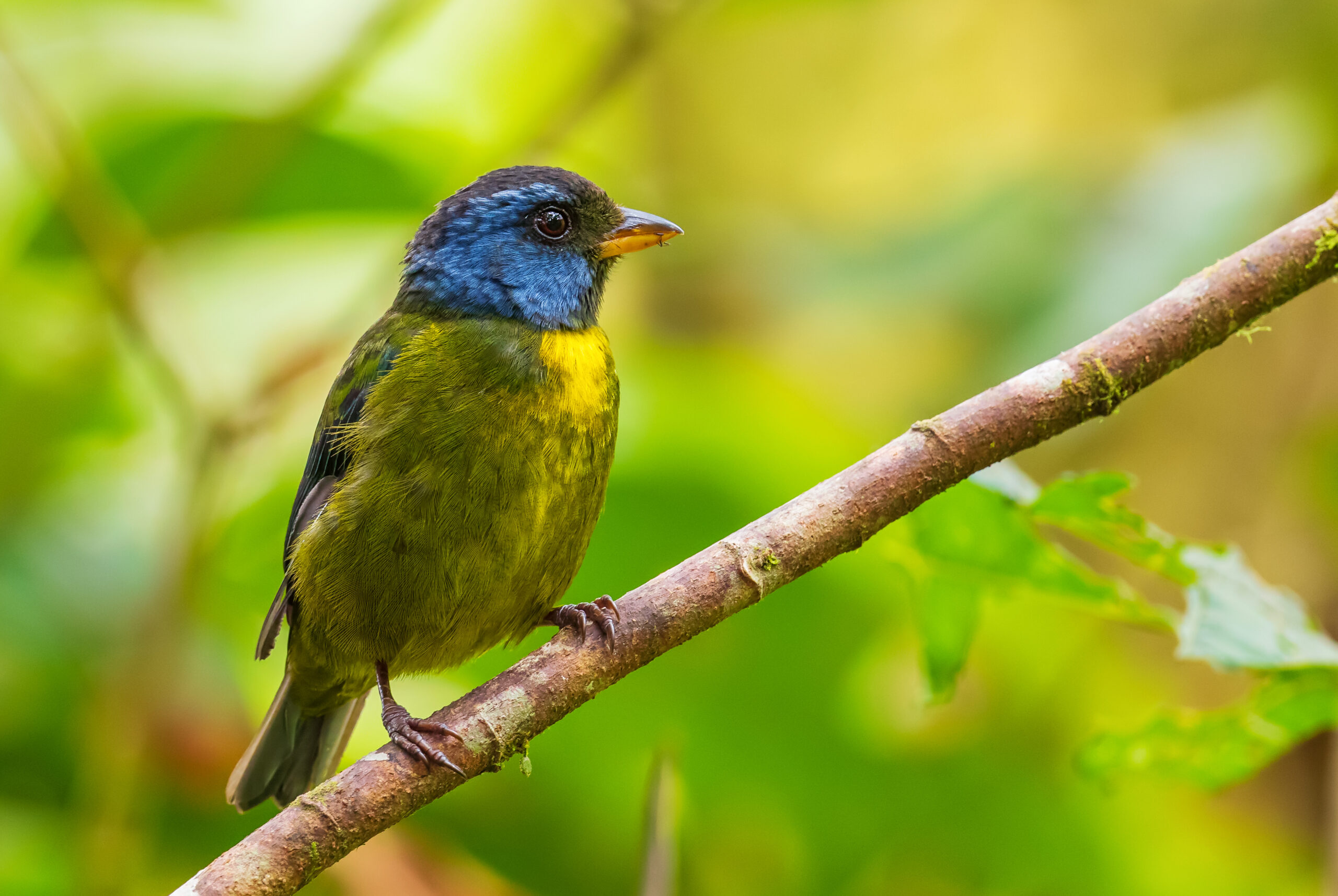
Moss-backed tanager bird in the cloud forest
Ecuador is home to the Galapagos Islands, an archipelago comprising various islands and islets. Renowned for their distinctive and iconic wildlife, they are a must-visit for nature enthusiasts. These islands serve as a sanctuary for incredible creatures like giant tortoises, marine iguanas, fascinating blue-footed boobies, and other species. These islands have an array of unique wildlife species, including the Galapagos penguin, the only species found in the Northern Hemisphere.
The Galapagos penguin can often be seen resting on rocks or gliding through the water. They are endemic to the Galapagos islands, the only penguin that lives in the tropics. They are known for reaching impressive speeds of 35 km per hour when hunting. Their diet mainly consists of anchovies, sardines, and mullet fish. While they are primarily found on Isabela and Fernandina islands, they can occasionally be seen on Floreana, Santiago, and Bartolome islands. A once-in-a-lifetime experience is being able to swim alongside them while snorkeling.
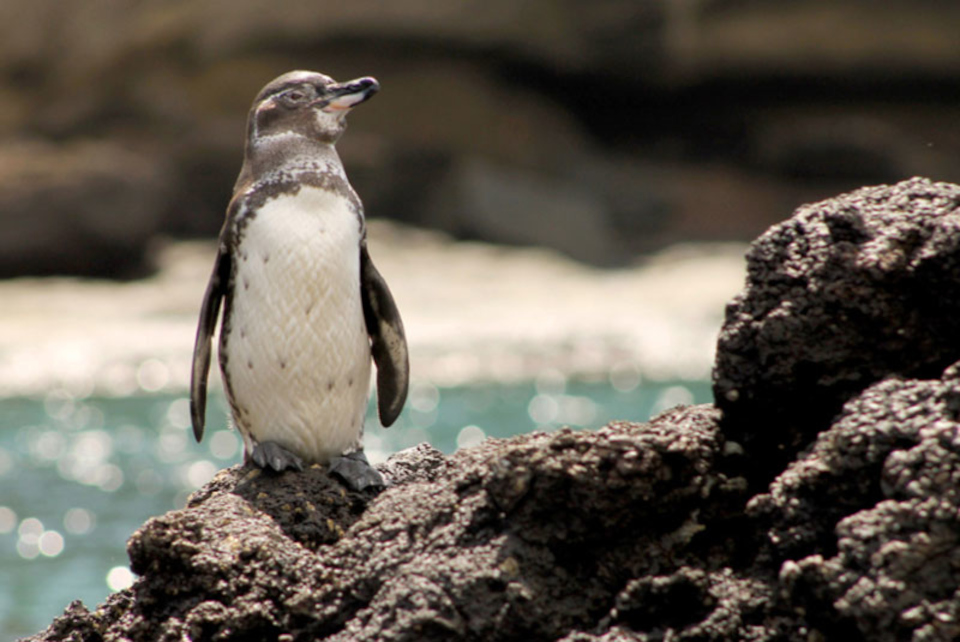
Penguin in the Galapagos Islands
There are three booby species, but without a doubt, one of the most remarkable is the blue-footed booby. They often spend time on the coastline and nest on small islands with rocky coasts. Their most noticeable feature is their large blue feet, which play a role in their courtship rituals. Blue-footed boobies are frequently seen in North Seymour Island. As boobies spend most of their time at sea, the breeding season, between June and August, presents the best opportunity for observing them on land.
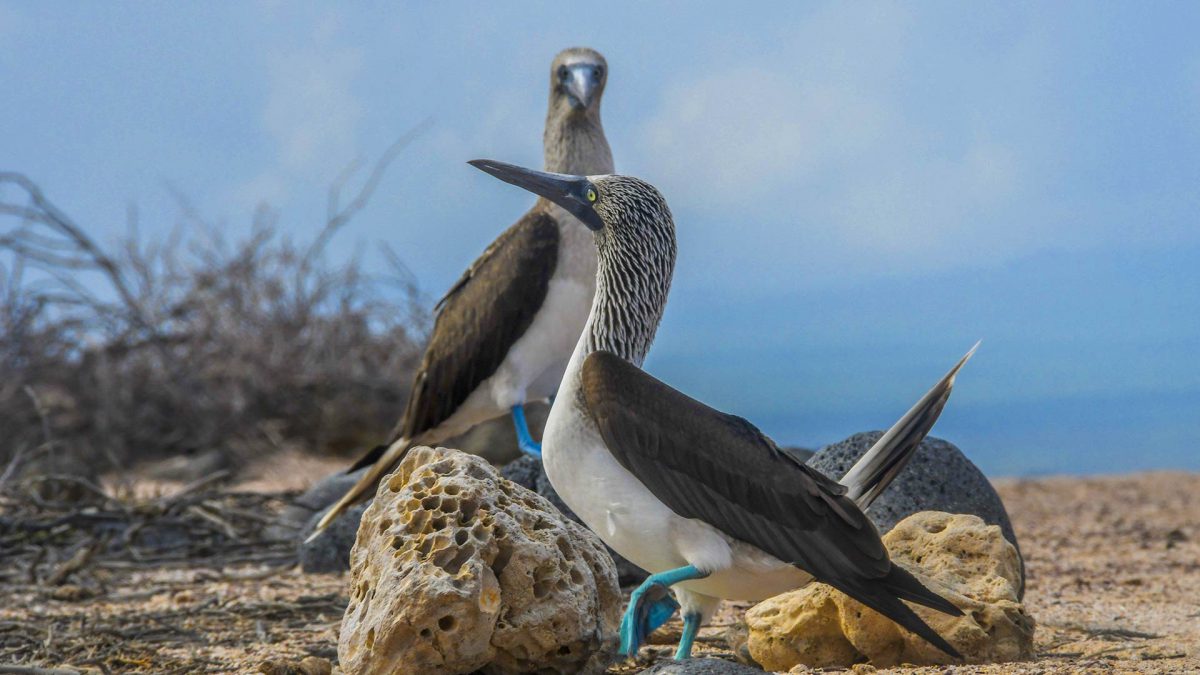
Two blue-footed boobies
The Andes is the world’s longest mountain range; it runs through seven countries: Ecuador, Peru, Argentina, Bolivia, Chile, Colombia, and Venezuela. The Andes boast a richly varied terrain, including glaciers, volcanoes, deserts, lakes, forests, and grasslands. This diverse landscape contributes to the incredible natural biodiversity. A wide variety of wildlife in Ecuador is found in the Andean mountains. One fascinating animal in the Andes is the spectacled bear, the only bear species in South America.
The Andean bear, also known as the spectacled bear, can be found in Venezuela, Colombia, Ecuador, Peru, and Bolivia. It is the only bear species in South America and one of the largest land mammals. It has distinctive markings around its eyes that resemble glasses—thriving in various habitats, including grasslands and cloud forests. They play an important role in maintaining the region’s plant diversity by consuming fruits, leaves, and seeds. Unlike American black bears, Andean bears are always active, as they have access to food all year round.
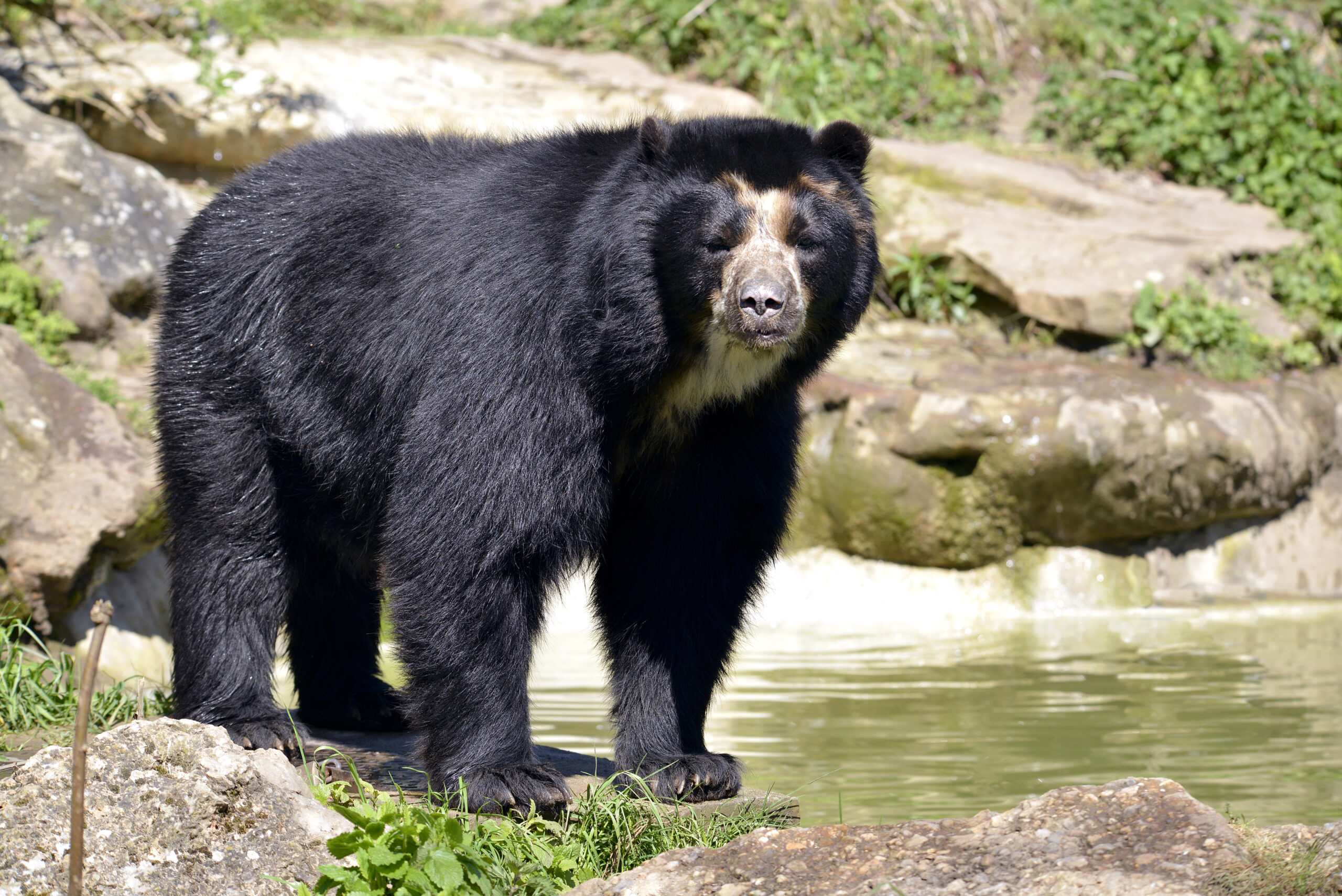
Andean bear in the Andes Mountain Range
Llamas, for the most part, are found in the Andes of Peru, Bolivia, Chile, Ecuador, and Argentina. These animals of ecuador have assisted people in carrying their belongings for thousands of years. These creatures graze on grass in the rugged Andean terrain and possess warm, fluffy wool. As members of the camel family, they have learned to adapt to extreme climates thanks to their wool coats and impressive survival instincts. While their hooves provide an excellent grip for climbing steep mountain paths, and their dense fur keeps them warm.
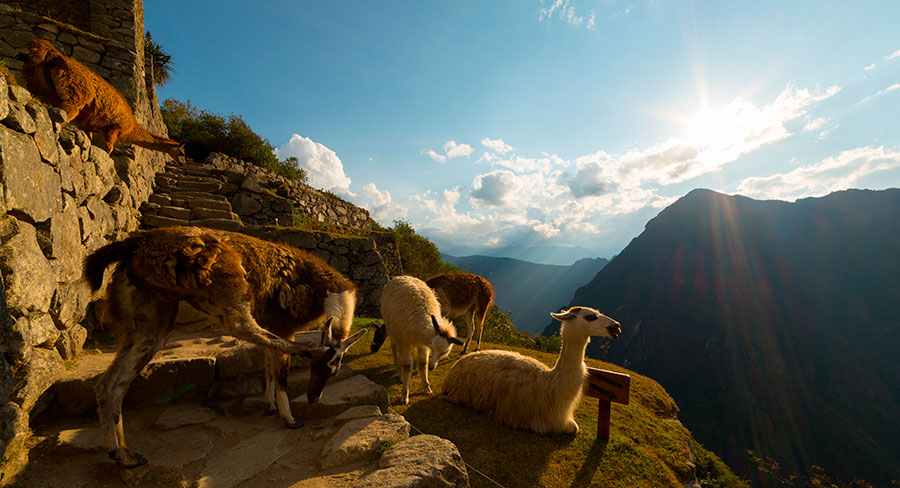
Group of llamas in Machu Picchu
The Amazon rainforest is an incredibly diverse and vibrant ecosystem. Spanning across Ecuador and other regions, this dense jungle teems with life. It is home to over 500 species of birds, insects, and reptiles, as well as amazing mammals like the river otter. While Ecuador’s wildlife may be tricky to see, the rainforest offers an immersive experience through its symphony of sounds. It houses some of the rarest species on Earth, with an astonishing variety of flora and fauna. Undoubtedly, the Amazon rainforest stands as one of the most extraordinary regions.
Poison dart frogs are amphibians characterized by their vibrant hues and toxic nature. Surprisingly, not all 170 species are venomous, and many are remarkably small. They do not employ this toxicity as a means of attack. Instead, they showcase an array of bright colors and patterns, ensuring their visibility against the green canopy of the forest. These fascinating creatures mostly live in tropical rainforests across Central and South America, often close to the forest floor. They prey on small insects, including fruit flies, termites, ants, crickets, and beetles.

Poison dart frog in Amazon rainforest
The Giant River Otter, native to the Amazon Rainforest, is the largest member of the weasel family. Adult males reach lengths of up to 5 feet and weigh around 55 pounds. These friendly animals found in Ecuador live in groups and work together when hunting for food. They can be found in both land and freshwater habitats. While their primary diet consists of fish and crustaceans, they occasionally eat small caimans and anacondas.
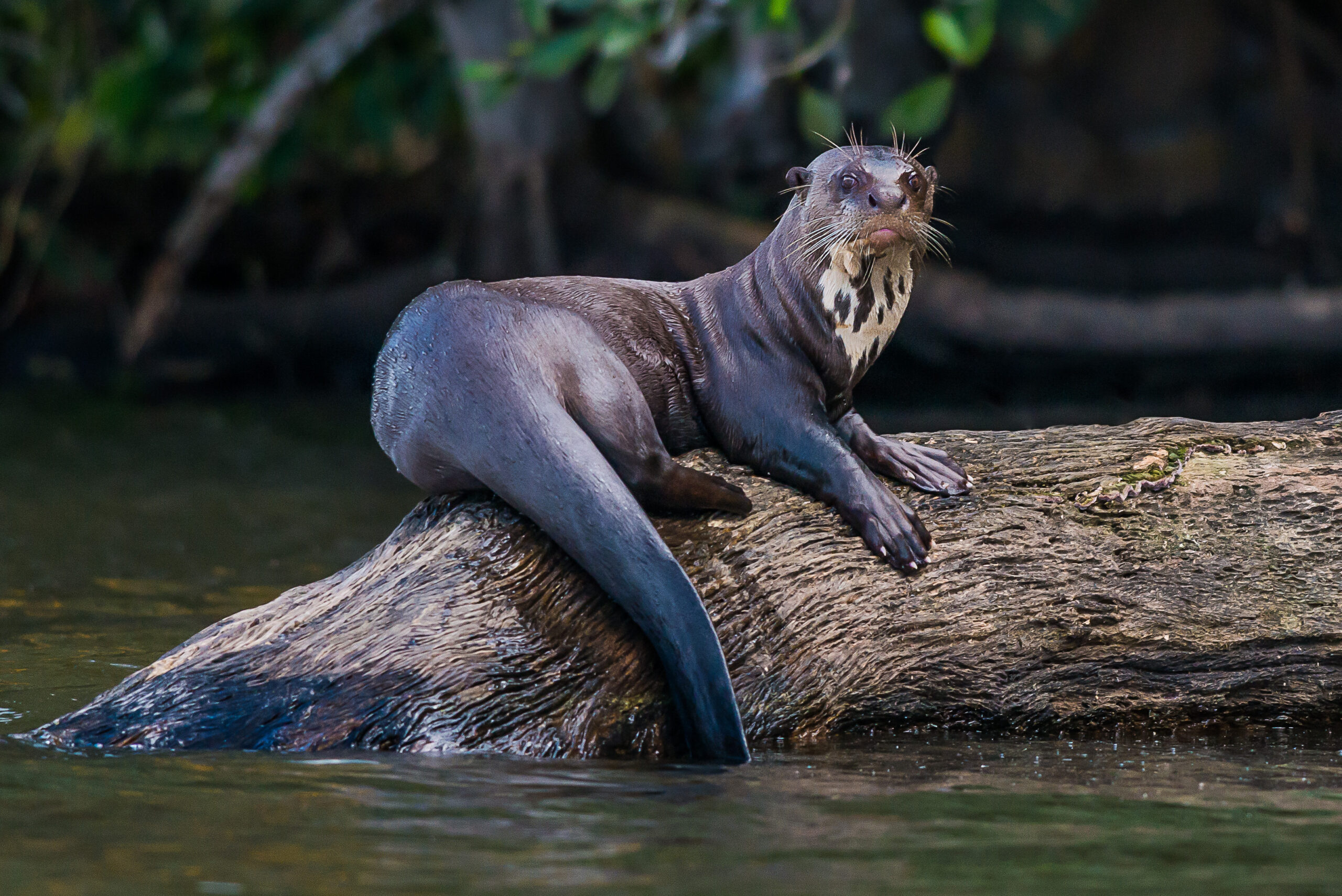
Giant River Otter in a river
Ecuador’s wildlife makes it one of the most biodiverse countries in the world. This Cajas National Park in Cuenca is a haven for wildlife and picturesque landscapes. The park is famous for its diverse wildlife, including mountain wolves, foxes, skunks, deer, weasels, and llamas. It is also home to a variety of endemic bird species. Cajas provides the perfect setting to enjoy the incredible diversity of Ecuador’s wildlife.
The long-tailed weasel can be seen in Colombia, Costa Rica, Ecuador, and Peru. Their habitat spans rocky terrains and grasslands, including the Cajas National Park. Their unique fur changes color in winter, blending in with the snowy surroundings, while in summer, it changes to a brown color to camouflage with the ground. Its diet is based on small rodents, mammals, birds, and reptiles. It is assumed that its slender and small body allows it to enter burrows and the hiding places of its prey.
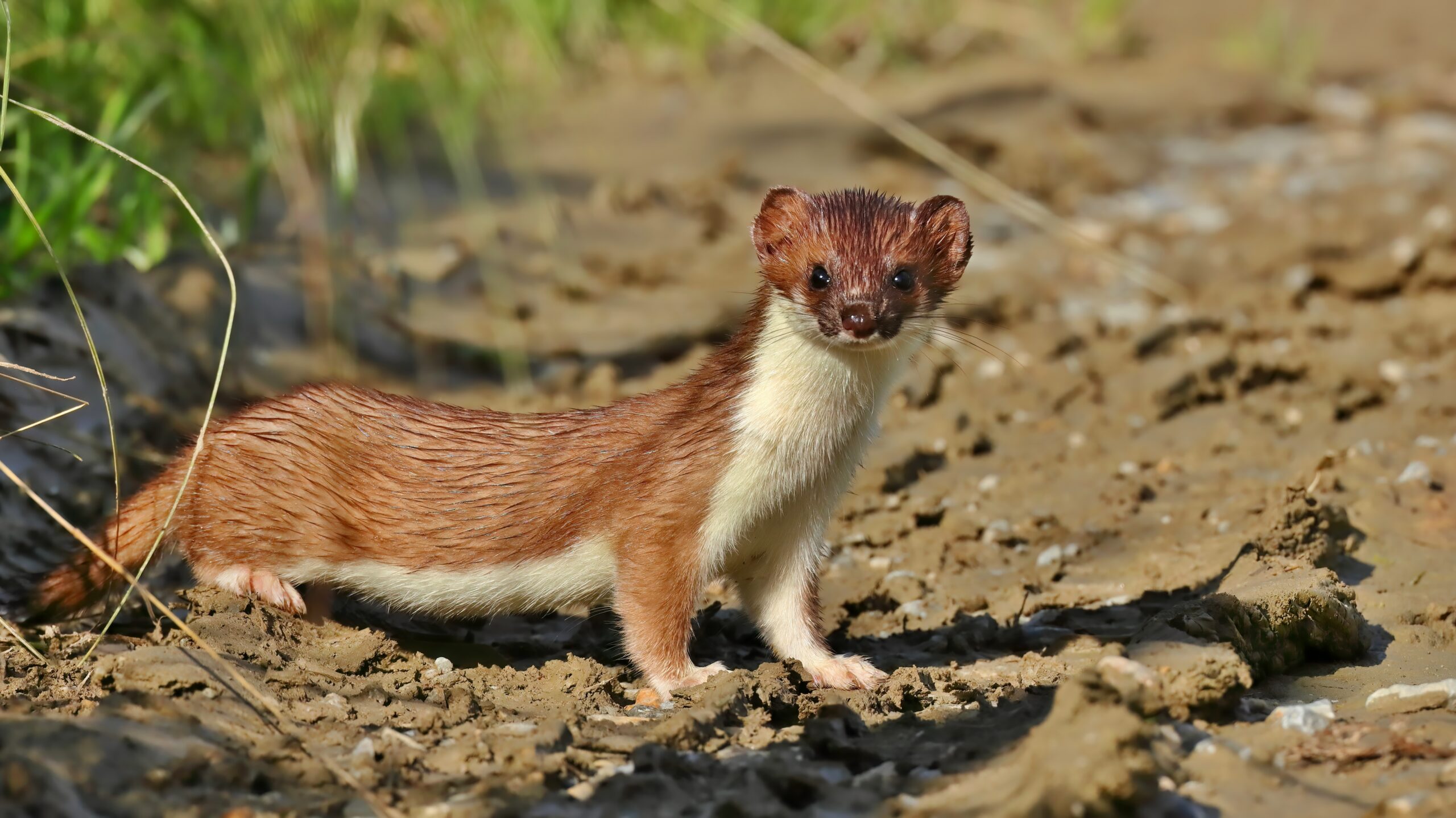
Ermine in the Cajas National Park
The Plate-Billed mountain toucan is found in Colombia and Ecuador in the lush, high montane forests. Endemic to the Andean mountains, with only small populations seen in some regions of South America. Their striking red, yellow, and green feathers are truly unique. As a frugivore, they mainly eat fruits and seeds. These beautiful birds form pairs or small groups and thrive in the presence of abundant bromeliads, mosses, and cecropias in their forest habitats. Cajas National Park is one of the natural habitats where you can see these magnificent creatures.

Plate-Billed toucan in Cajas National Park
Ecuador’s wildlife is an absolute paradise for nature enthusiasts, with an incredible array of species exclusive to the region. Home to diverse regions that offer unparalleled opportunities to experience unique encounters with the natural world. Whether exploring the Galapagos Islands, venturing into the depths of the Cloud Forest, appraising the majestic Andes, or wandering through the remarkable Cajas National Park, prepare yourself for extraordinary encounters with incredible wildlife and untouched natural beauty. Get ready to embark on an unforgettable journey, discovering Ecuador’s captivating and diverse wildlife.